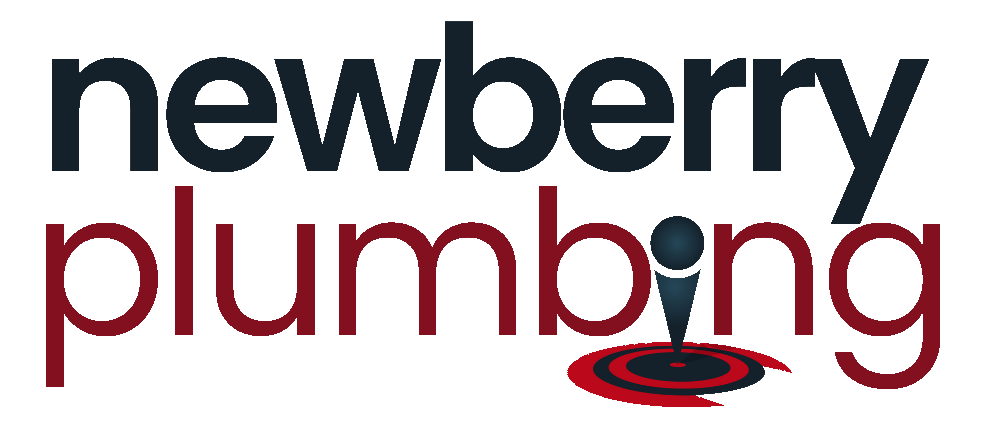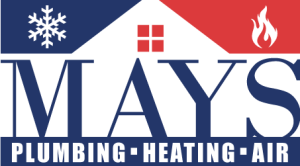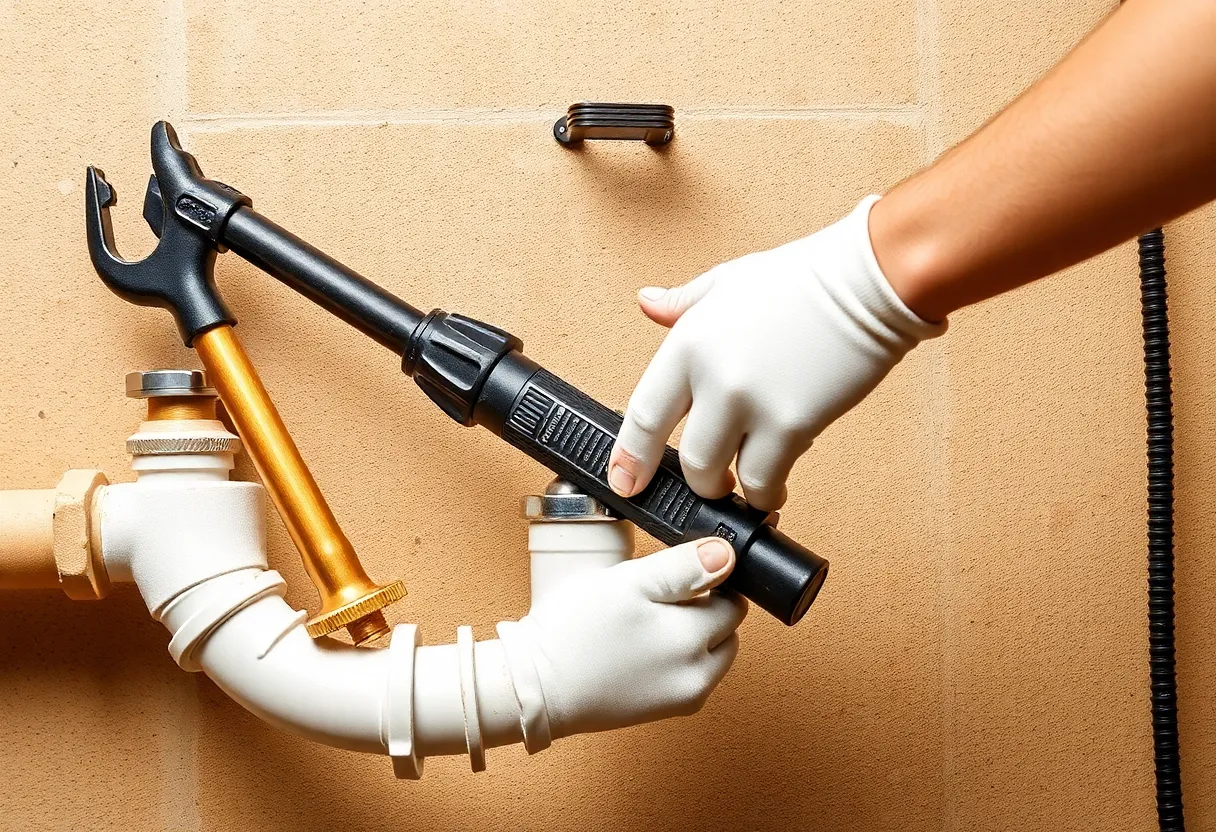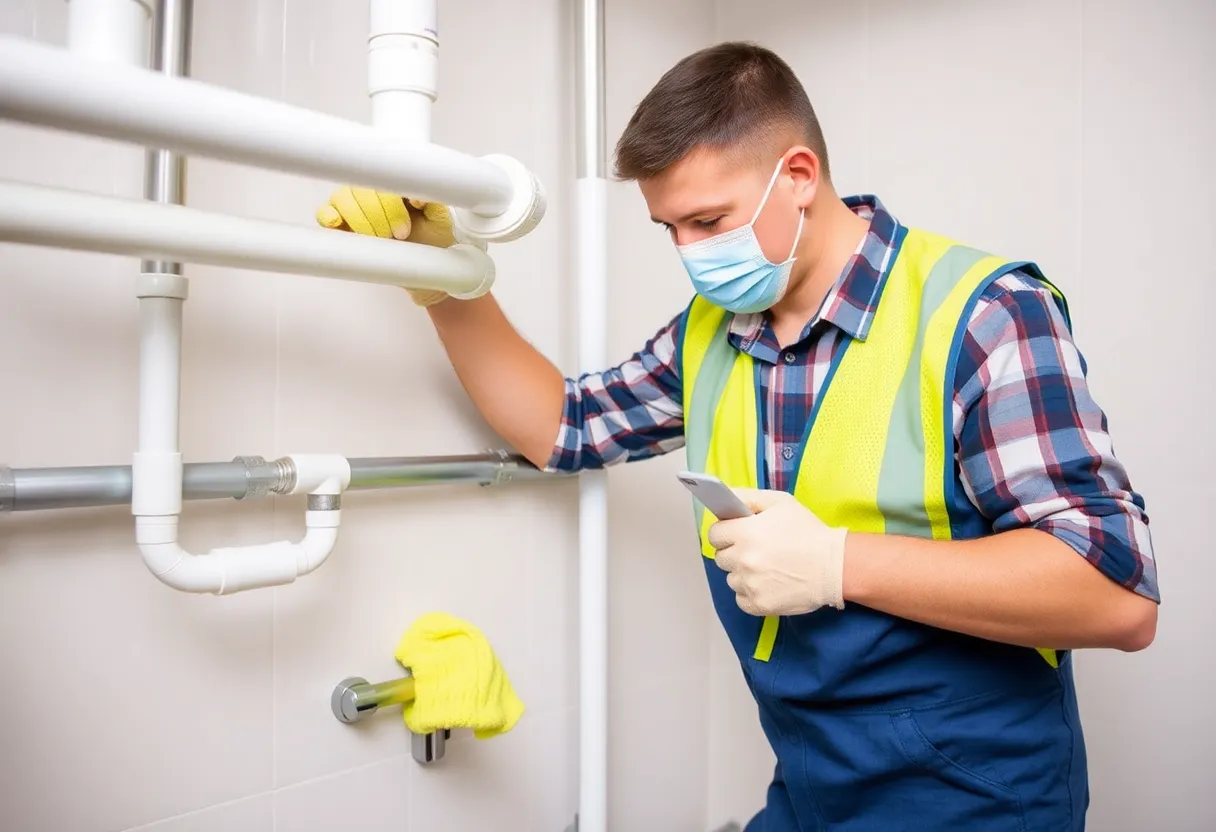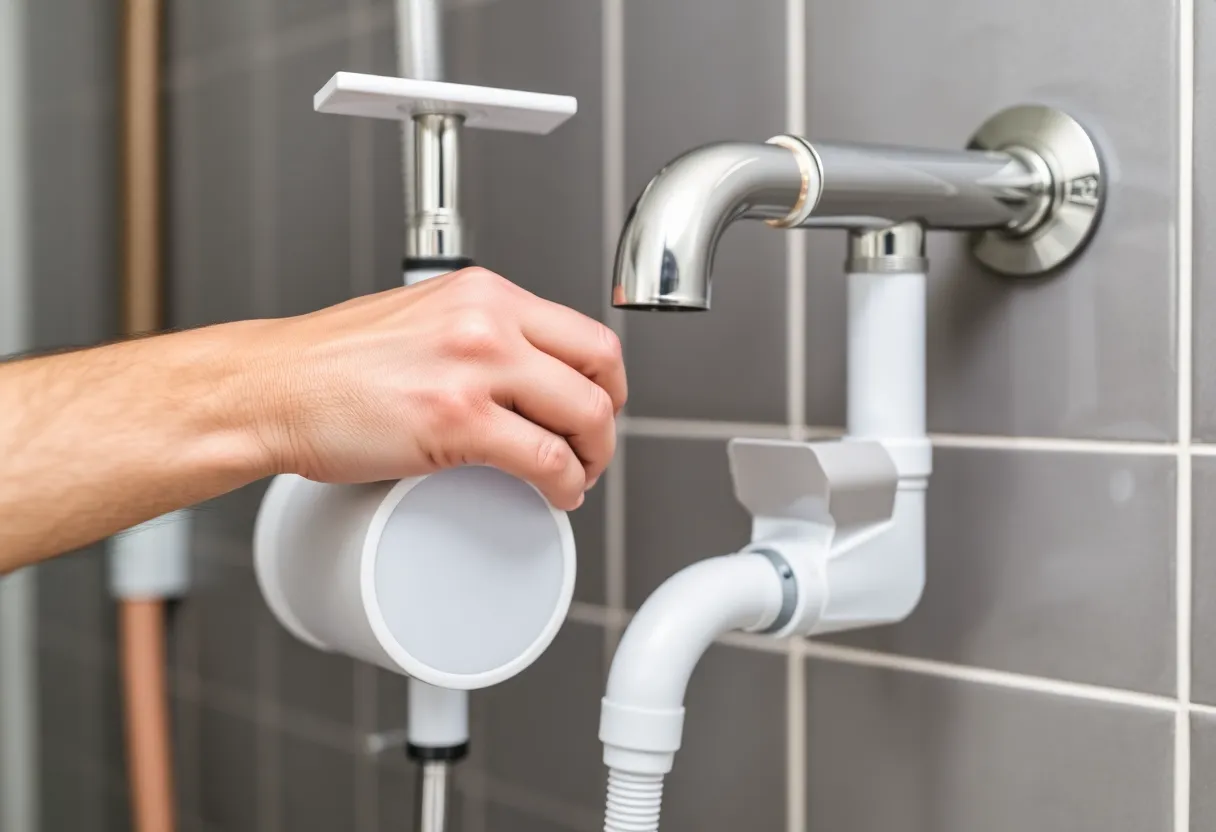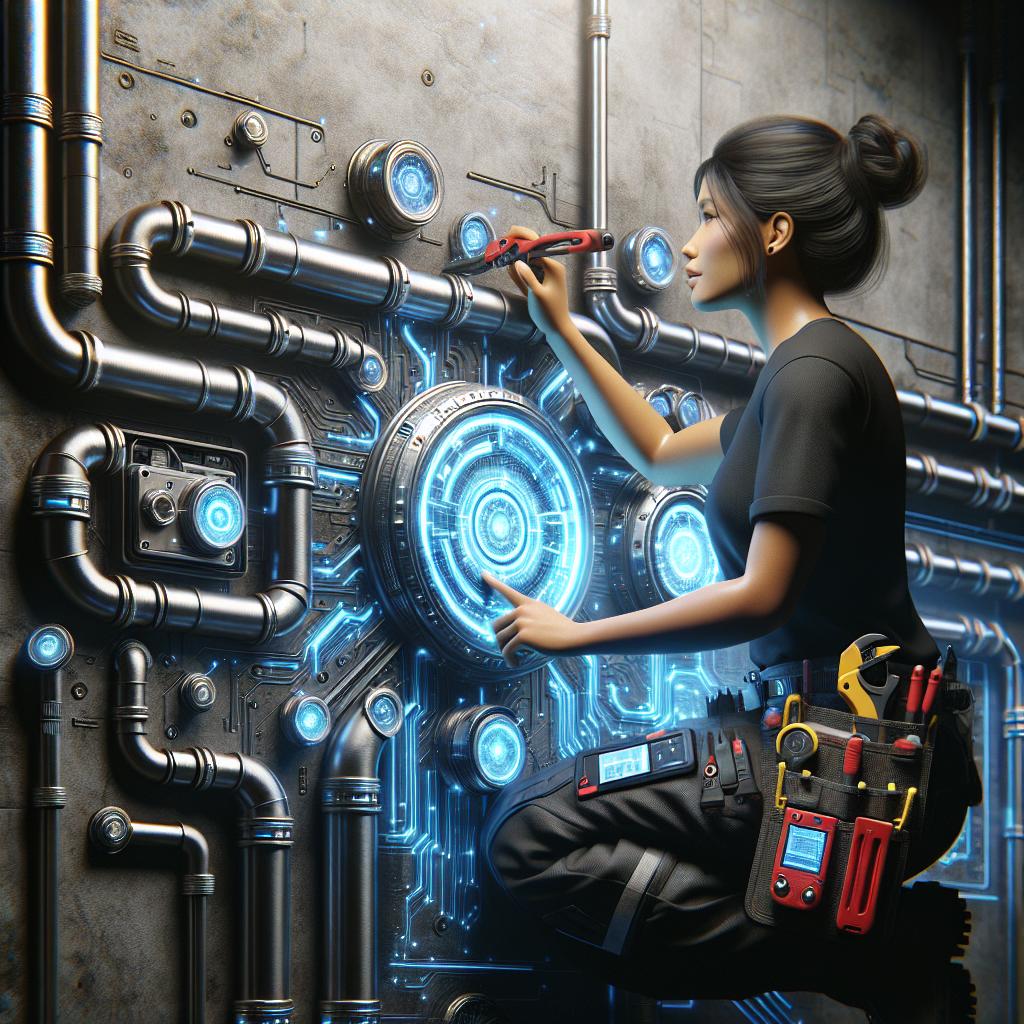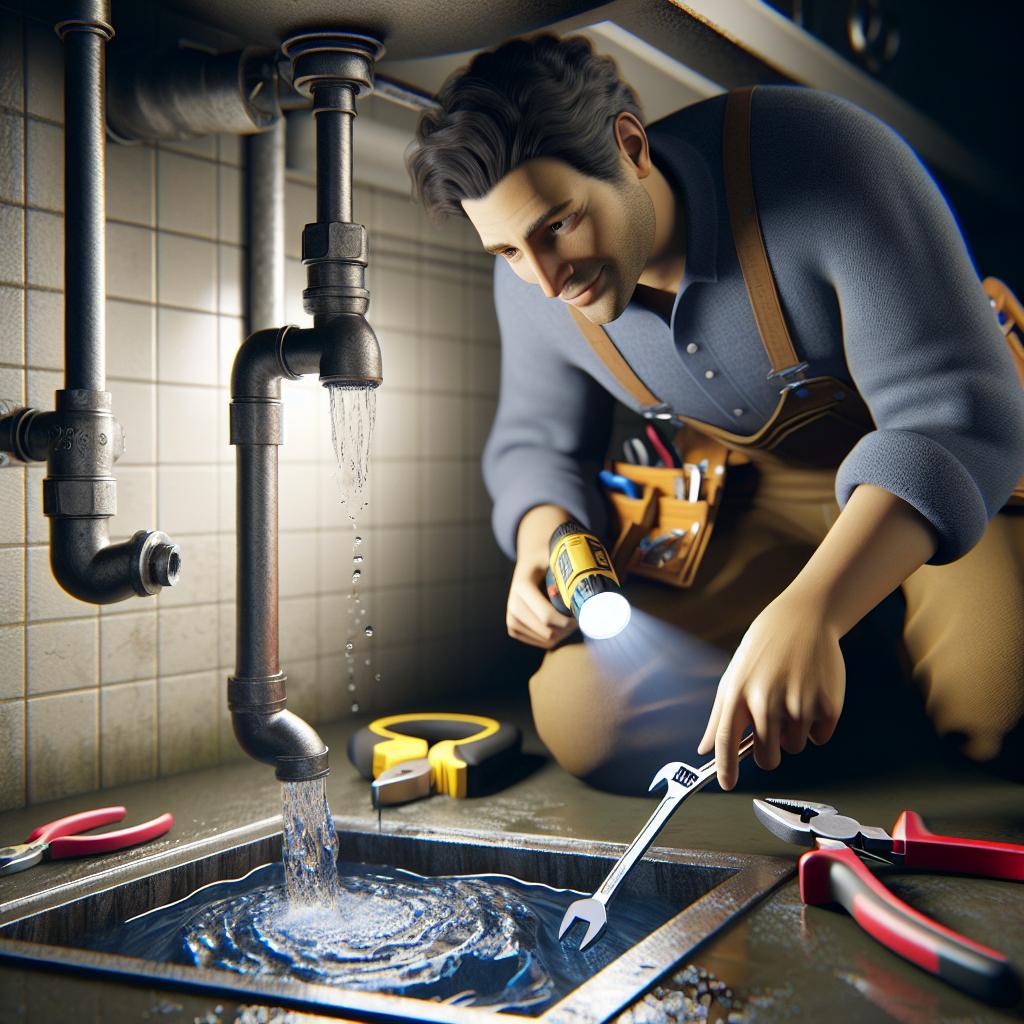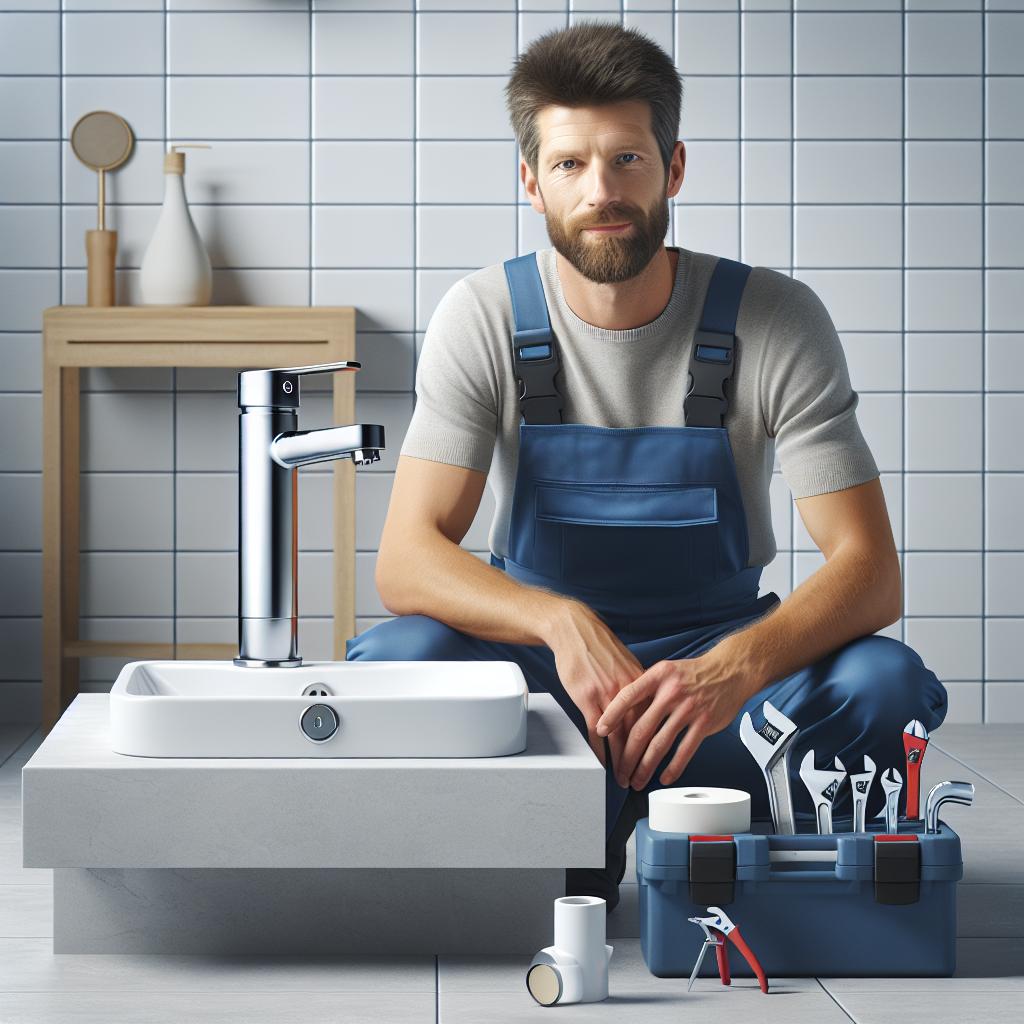The Drain Dilemma: 9 Surprising Signs Your Plumbing Needs a Check-Up
Your plumbing system is an essential part of your home, ensuring the easy flow of water when you need it and proper drainage away from your property. However, many homeowners tend to overlook the telltale signs that their plumbing system requires attention until it becomes a costly issue. Being aware of the potential *problems* can save you a significant amount of hassle in the long run. Here are nine surprising signs that indicate it may be time for a plumbing check-up.
1. Unpleasant Odors
One of the most common yet often ignored signs of plumbing issues is the presence of foul *smells* around your sinks, toilets, or drains. If you notice a persistent, unpleasant odor that resembles sewage, it could be a sign of a clog or blockage in your sewage line. This can lead to serious health hazards if not promptly addressed.
Why Are You Smelling Something?
Several reasons could explain these unpleasant odors:
- Clogs in the drain: Food particles, hair, and grease can accumulate over time, causing slow drainage and bad smells.
- Ventilation issues: Your plumbing system relies on air pressure to function properly, and ventilation problems can lead to odors escaping through your fixtures.
- Sewer line issues: A cracked or damaged sewer line can release methane gases that emit a foul odor.
2. Slow Drains
If your sinks, showers, or tubs take a long time to drain, it’s more than just an annoyance; it’s a strong indication that something is *amiss* in your plumbing. Slow drains can be the result of a clogged pipe or buildup within your plumbing system.
Common Causes of Slow Drains
Slow drains can occur for several reasons, including:
- Buildup of debris: Hair, soap scum, and grease can accumulate over time, leading to reduced water flow.
- Pipe damage: Cracks or even tree root intrusion in your pipes can cause blockages.
- Improper installation: If the plumbing system was not installed correctly, it may have areas where water flow is restricted.
3. Water Stains on Ceilings or Walls
Water stains appearing on your ceiling or walls can often indicate a leak in your plumbing system. While it might not seem like a pressing issue, ignoring these signs can lead to significant *structural damages* and increased repair costs.
How to Identify a Leak
To determine if you have a plumbing leak, look for:
- Discoloration: Yellow or brown water stains can indicate prolonged moisture exposure.
- Peeling Paint: Paint or wallpaper that peels or bubbles can suggest water vapor beneath the surface from a leak.
- Mold Growth: The presence of mold or mildew is often a clear indication of ongoing moisture.
4. Increased Water Bills
Noticing a sudden spike in your water bills can be a concerning sign of potential plumbing issues. If your usage habits haven’t changed, it’s crucial to investigate possible *leaks* or inefficiencies in your system.
Possible Reasons for Increased Bills
Here are some common issues that could lead to increased water bills:
- Leaking faucets or toilets: Even a small leak can waste a significant amount of water over time.
- Faulty appliances: Old washing machines and dishwashers can consume unnecessary amounts of water if they are not functioning properly.
- Running toilets: A toilet that continues to run can waste hundreds of gallons a day.
5. Changes in Water Pressure
Experiencing fluctuations in water pressure—whether it’s low pressure or sudden bursts of high pressure—can indicate underlying plumbing issues that require an *expert’s* attention. Consistent water pressure is vital for the proper functioning of your faucets and appliances.
Factors Affecting Water Pressure
Water pressure issues can arise from various factors:
- Corrosion in pipes: Older pipes may corrode and restrict water flow.
- Clogs: Debris buildup can lead to inconsistent water pressure.
- Malfunctioning pressure regulator: A faulty regulator can cause erratic water pressure throughout your home.
6. Gurgling Sounds from Drains
If you ever hear strange gurgling sounds coming from your drain pipes or toilets, it’s a sign that air is trapped in your drainage system. This indicates a *blockage* somewhere that may require immediate attention.
Understanding the Gurgling Noise
Gurgling noises typically result from:
- Poor venting: Improperly vented drainage systems can lead to gurgling as air struggles to escape.
- Clogs in the plumbing: Any type of blockage will disrupt the normal flow of water, resulting in unwanted sounds.
7. Frequent Plumbing Backups
Regularly experiencing plumbing backups can be a more obvious indicator that your plumbing needs a *thorough inspection*. Frequent backups suggest major blockages or structural issues in your plumbing system, and it’s important to address these issues before they worsen.
What Causes Backups?
- Excessive waste: Flushing non-biodegradable items down the toilet can cause immediate problems.
- Tree roots: Roots can infiltrate sewer lines, causing severe blockages.
- Piping issues: Older or damaged pipes may collapse and lead to backflow problems.
8. Discolored Water
If your tap water appears discolored—whether it’s brown, yellow, or has a cloudy appearance—this is a clear sign that your plumbing requires a check-up. Discolored water can indicate pipe corrosion or contamination and should not be ignored.
Why is Your Water Discolored?
Discolored water can have various causes:
- Rusty pipes: Older iron pipes can corrode, leading to rust being released into the water.
- Contaminated water supply: If there are issues in your local water supply, it can directly impact water quality.
9. A Sudden Increase in Pipe Noise
Unusual noises coming from your pipes, such as banging, clanking, or running water sounds, can indicate a variety of plumbing issues that need immediate attention. Regular pipe noise might be tolerable, but significant changes in sound can signal potential danger.
Identifying Pipe Noises
Common causes of sudden pipe noises include:
- Water hammer: This occurs when water suddenly stops flowing and causes pipes to rattle.
- Air in pipes: Air can cause pipe noises when it becomes trapped.
- Loose fittings: Fittings that have come loose can create annoying sounds during water flow.
Conclusion
Being aware of these surprising signs can help you stay ahead of potential plumbing issues. Homeowners often wait until problems escalate before seeking help, which can lead to costly repairs and extended disruption. Regular check-ups and maintenance of your plumbing system can ensure that everything functions smoothly and efficiently.
If you encounter any of these issues, it’s *wise* to consult a professional plumber who can assess the situation, identify any problems, and address them before they become more severe. Remember, proactive plumbing maintenance can save you time, money, and unnecessary stress down the road.
